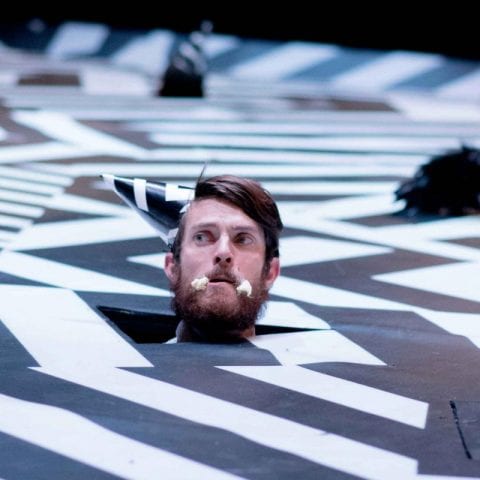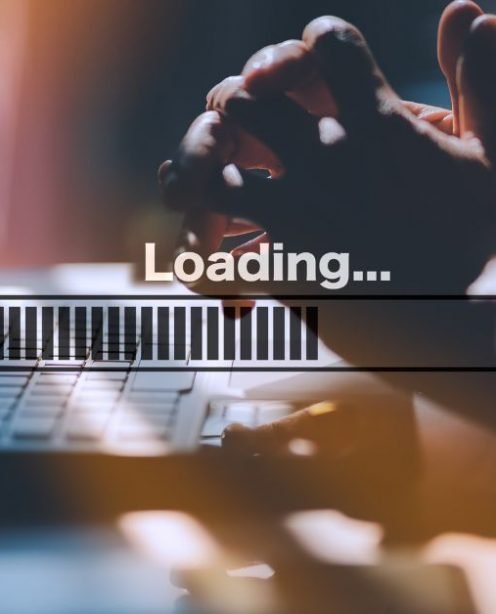You said you noticed an uplift in ticket sales, in line with when content was published. What kind of content did you create for Dead Club and why?
We started like most campaigns with a poster, which we published around 2-3 months out before the show. It was a long run so we needed to get the content out there early, the problem was that the show was in development and so we had to start with very minimal assets and content.
We then produced a behind the scenes video of rehearsals to raise awareness from which we saw sales quadruple. We then created another video with clips from the show which we published just before it opened, which saw some uplift too, though not as dramatic as the first.
I think it’s really important to create impactful and highly visual short form content - when this is combined with good reviews (which thankfully Dead Club was!) it really helps you get your message out on not only your own channels, but outside of your networks too. This was especially important for this show as it was a relatively long run for us at 3 weeks, whereas usually our runs are for about 1 to 2 weeks.
Which channels did you use and how did you track this?
We pushed the content out on the channels you’d usually expect - our Facebook, Twitter and Instagram channels were key of course. We used sponsored posts which was a great way of getting the content out there and controlling who saw and how long it should appear in feeds for. We also used display advertising and tracked everything in Google Analytics looking at where people were booking from, hours of the day they bought and basket abandonment rates.
Generally speaking, it was essential to keep the momentum going on the campaign and make sure we capitalised on the positive reviews.
What did you learn from the campaign to implement in future?
I think what was really important for us for this campaign was that we told a story with the campaign. We didn’t have a lot of content to play with and the show was in development for most of the period we were promoting it for, however sharing teasers like the poster with plenty of time got it noticed so when the more engaging content like videos came along the audience were primed for it.
The rehearsal video was also important as it helped us tell a story and brought the audience along with us - we weren’t totally sure what the show was going to look like but we went with it! So often in the arts things happen quite last minute or come together at the final hour - obviously being able to turn things around quickly and react to developments is key, but so is planning for this and we saw that using this as part of the marketing campaign really paid dividends.
Thanks to Odi for sharing this with us. If any of this has piqued your interest you can watch the videos produced for the campaign over on The Place’s Youtube channel. Or if you’d like to share a case study of you own with us, let us know!





